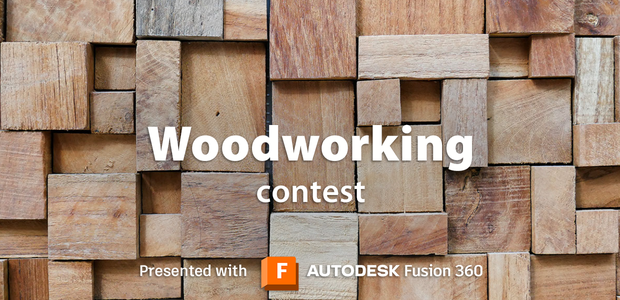Introduction: Making a Chess Board
Just to show you how to make a chessboard.
chess board
Supplies
-2 different types of veneer
-a precision cutter or veneer saw
-marking tape
-wood glue
-Sanding machine
-saw
-mdf board
optional
-laser engraver
Step 1: Making a Template
First, we're going to make a template to cut the squares off.
For this I took some plywood and cut a strip of 3 cm, width is up to you and will define the size of the squares.
Step 2: Making Bands
Take a sheet of veneer and lay the template straight down to make stripes the width of the template. Cutting out 4 of each colour for a total of 8 stripes.
Step 3: Squares Cutting
We start off, by taping all the stripes together, tightening them to avoid any gaps, then we rearrange the template in the same way as for the stripes, but this time to make alternating strips of light and dark squares.
Step 4: Making the Chessboard
We retape the stripes together, always squeezing them the most.
We take a sheet of mdf that we cut a little bit larger than the size of the chessboard here 24cm to compensate for slippage.
Glue the mdf board with standard the glue and then place a board a little bit larger than the chessboard.
Don't forget to put some papers between the support plate and the chessboard to avoid them sticking together. We tighten them up and wait 2 hours for the glue to dry. Then we come and loosen the restrains and cut to the right size. Finaly we remove the tapes.
Step 5: Bonus, the Side and Counter-parement
Here I detailed how to make the edge of the tray and the underside for a prettier final result.
For the side I chosed to engrave them with a laser but this choice is purely personal you can make them uniform or with forms of the blow. I cut bands the thickness of the tray and I glued them to the 4 edges of the tray with glue (bonus: I used an ironboard. As the ironed side stick more quickly to the edge)
For the underside I used a sheet of veneer a little bit larger than the board and glued it using the same technic as the chessboard but if you want something a little bit more sophisticated feel free to add a pattern.
Step 6: Finish
In the end we sandpapered with two or three different grits 60, 120 and 240, the 60 is not compulsory it is used to flatten the board but beware of tearing, as I did . Finaly I oiled the board.

This is an entry in the
Woodworking Contest










Comments
10 days ago
Thanks for sharing :)